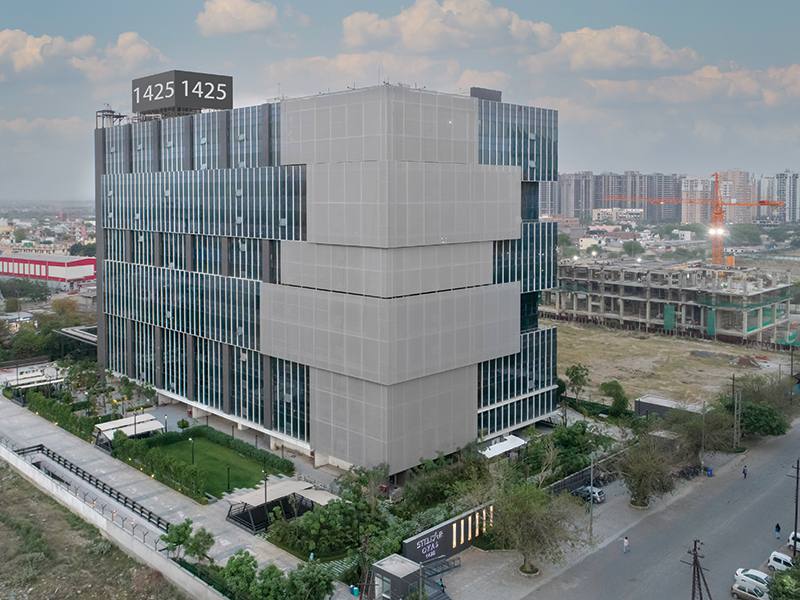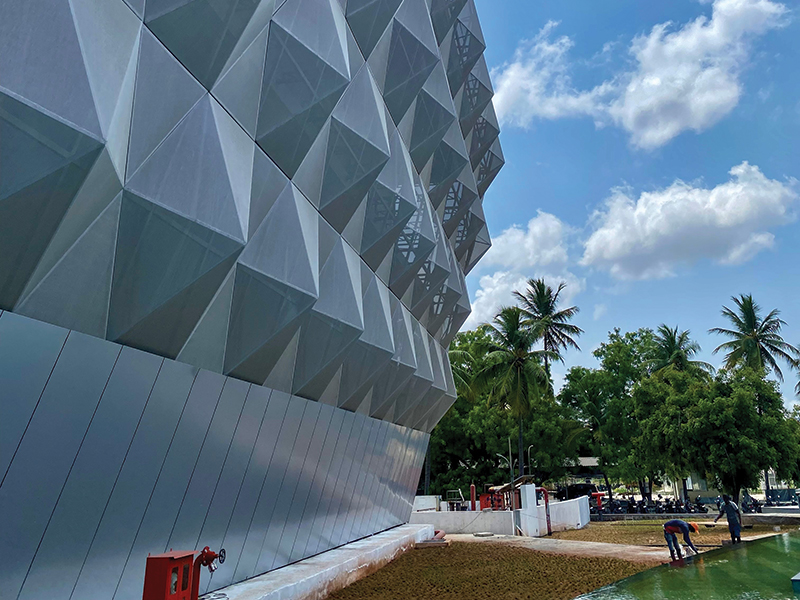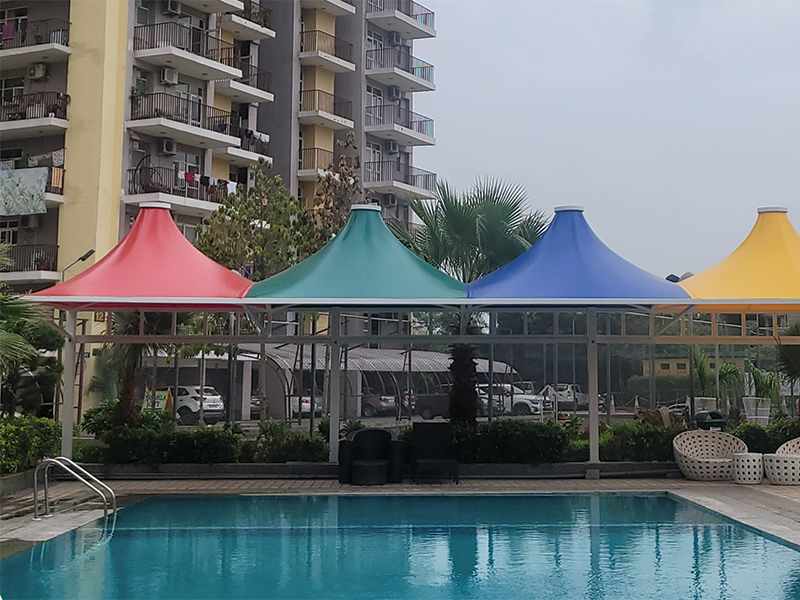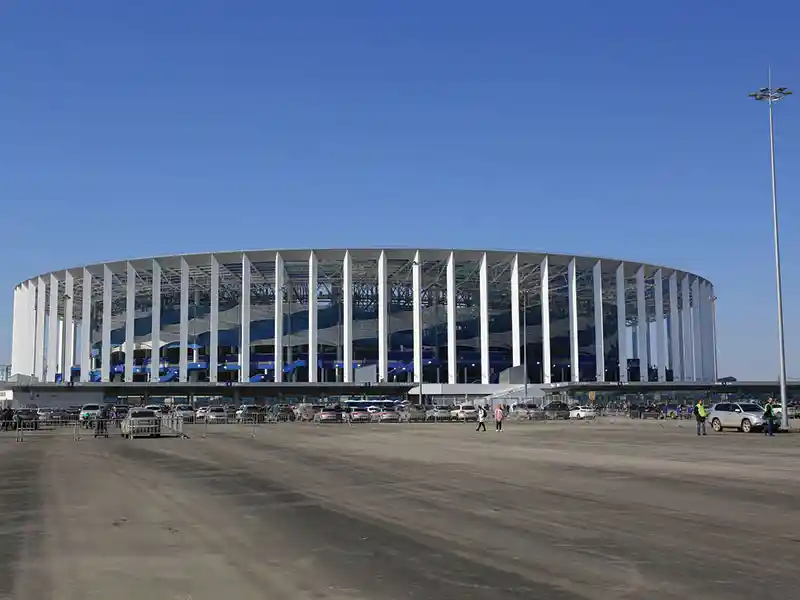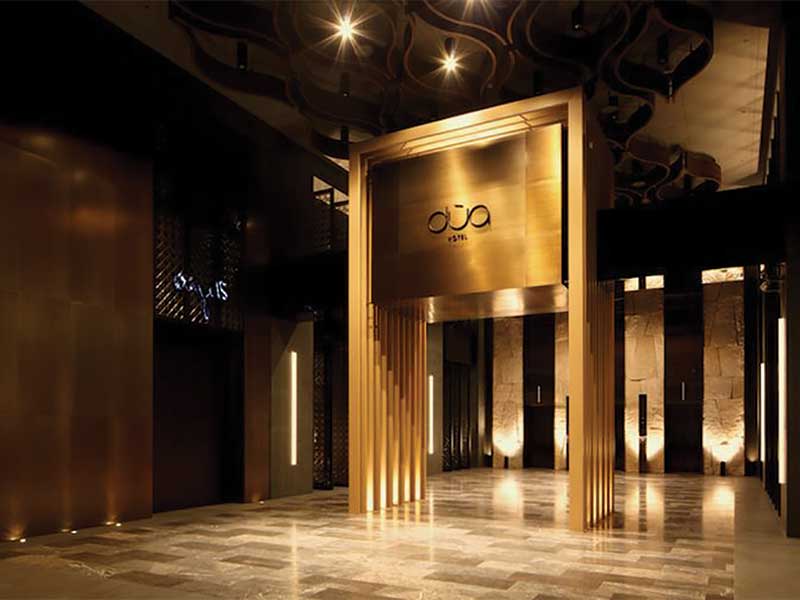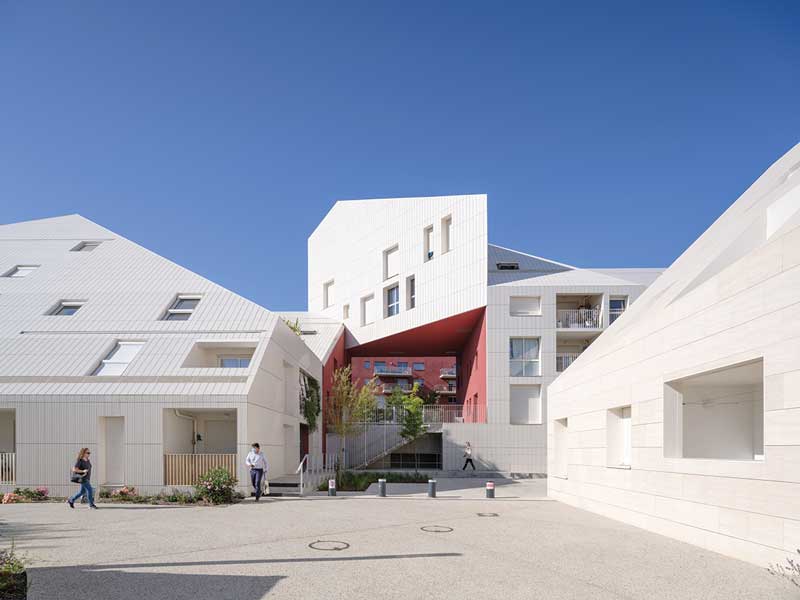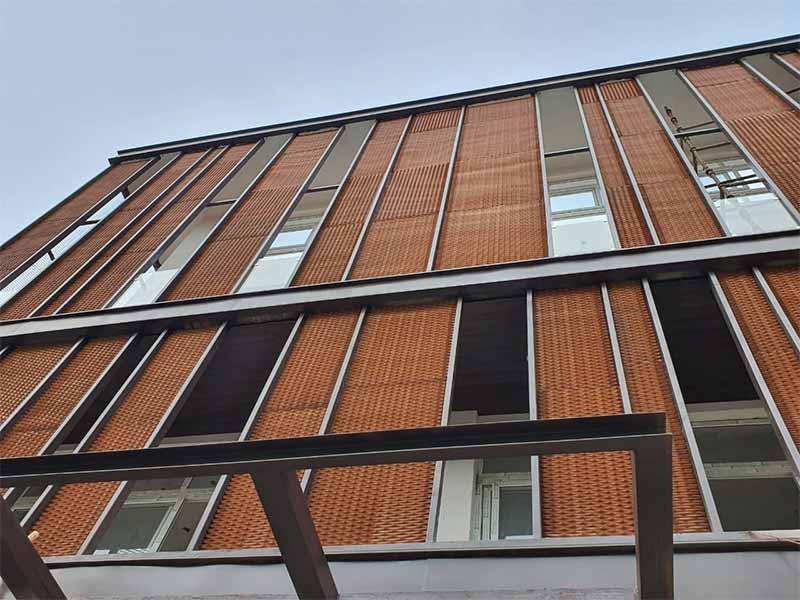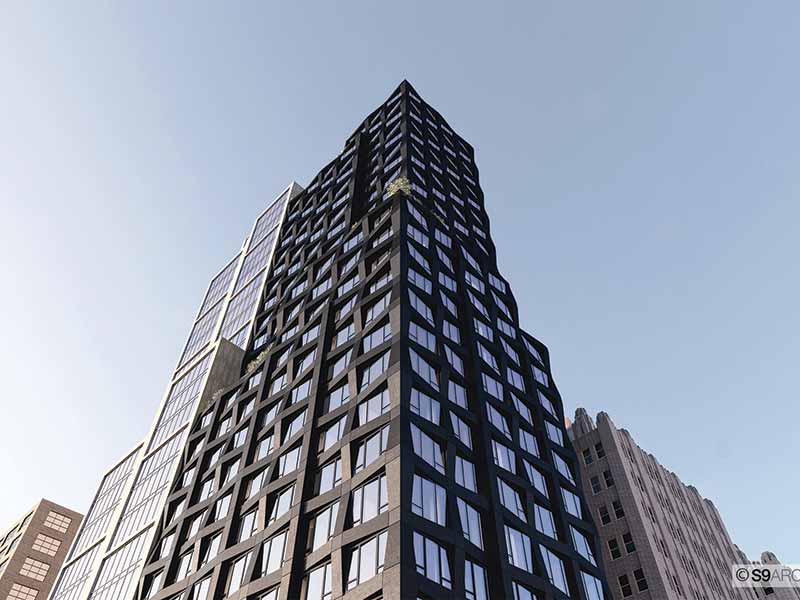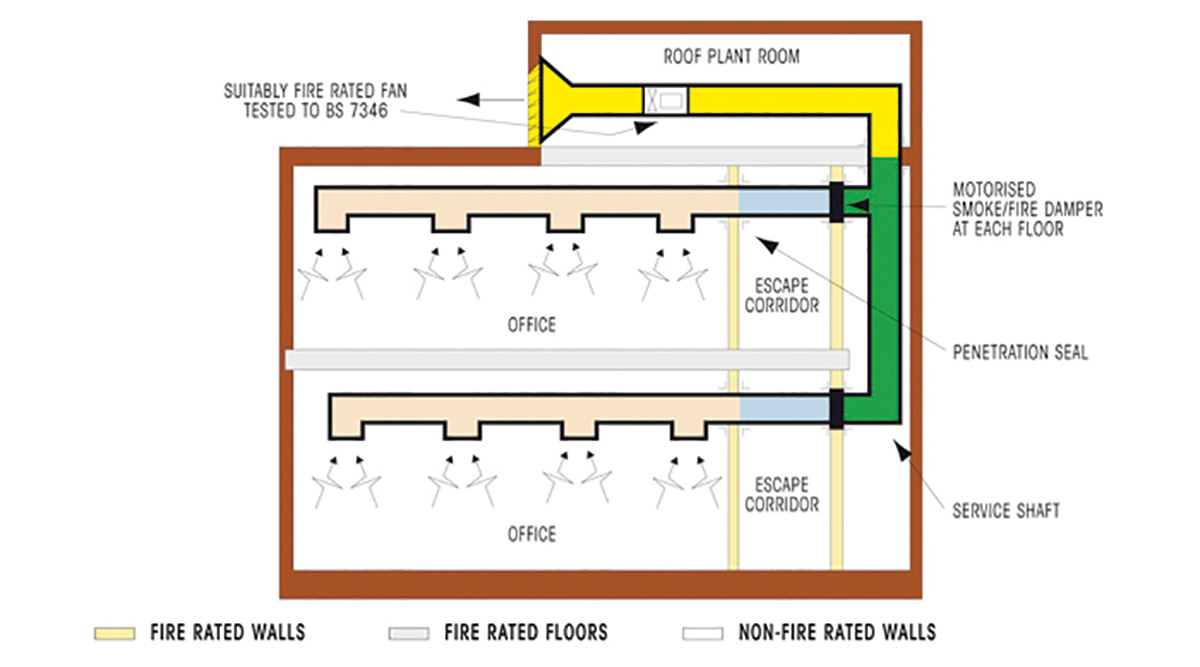 Fig 1: Mechanical floor smoke extraction system
Fig 1: Mechanical floor smoke extraction systemThe glass façade on buildings has been blamed as a killer facade whenever a fire breaks out in a high-rise building. Many a times, a poorly designed building traps the smoke from a fire, suffocating the occupants to death before they can be rescued. With most metros in India having skyscrapers higher than 30 floors, there is little the fire department can do from the outside, as their ladders have a limited height and cannot help in rescue operations in these super high-rise buildings, leaving fire-fighting from inside the building as the only option. Such a scenario calls for a solution that looks at the design of façades to address this problem, without compromising the aesthetics of the building.
What happens during a fire needs to be understood before a solution is arrived at in the façade design. During a fire (say, in a commercial building with a glass façade), the room quickly fills with smoke and has to be evacuated as people can die inhaling the toxic smoke. The built-up of smoke depends on what burns. Plastics produce very thick smoke which is highly toxic. The occupants may open a window to let the smoke out, however the open window also allows fresh oxygen to come in, which will cause the fire to spread even more. So, there is a catch 22 situation: open the windows and let oxygen fuel the fire, or keep windows closed and suffocate in the smoke.
The problem needs to be tackled in another way: If the windows are kept shut, then a smoke extraction system must be used to remove the smoke from the room. This is being selectively done in some premium buildings due to the high cost. The system works much like the basement ventilation system that removes vehicular smoke in ducts by means of a suction fan and throws it out at a higher level (see figure 1).

The other method (which the fire department insists on), is to put smoke vents of 0.6 x 0.6 m, which open automatically with a fuse link or any other mechanism during a fire. These vents are to be located at a higher level and just below the room’s false ceiling so that the rising smoke can escape (as seen in picture 1).
In addition, the fire department also insists that side hung openable windows be placed at regular intervals (as approved by them) and as per floor area density and façade area. These openable windows operate with an allen key from inside and outside in case of an emergency and their size must be 1.5 x1.5m to enable rescue of people through the window opening without breaking the glass. This system has been provided in our latest proposed façade design build project at Goregaon, Mumbai, in a multi-use commercial building (Pic 2).
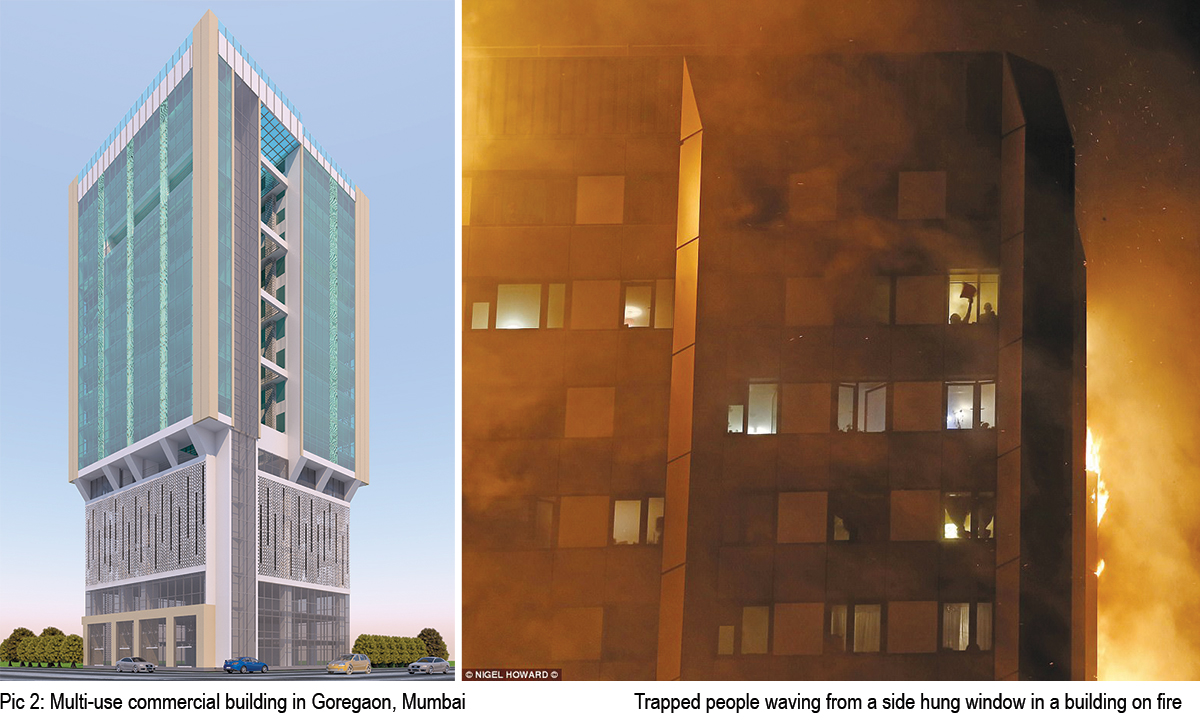
The purpose of the large side hung openable windows is also for people trapped inside to get a breath of fresh air and send visual signals for help. Side hung windows are preferable to top hung by the fire officers as top hung cannot be used for rescue. Also, top hung windows do not allow smoke to effectively escape nor do they give space for trapped people to reach for fresh air as they open only a few degrees outwards and not to the fully 90 degrees.
A facade must not be planned in isolation of the floors it covers. Effective compartmenting of the floors with two-hours of fire-rated barriers will ensure that the fire does not spread to the entire building. A proper smoke extraction system on the floor and ventilation of the façade can save lives. Window selection is critical to buildings of less than 30 floors as the chances of rescue from outside is possible, but the windows must be selected properly. There needs to be a higher application of logic, learning, and understanding the behavior of fire, rather than measuring different set of problems with the same yardstick.

